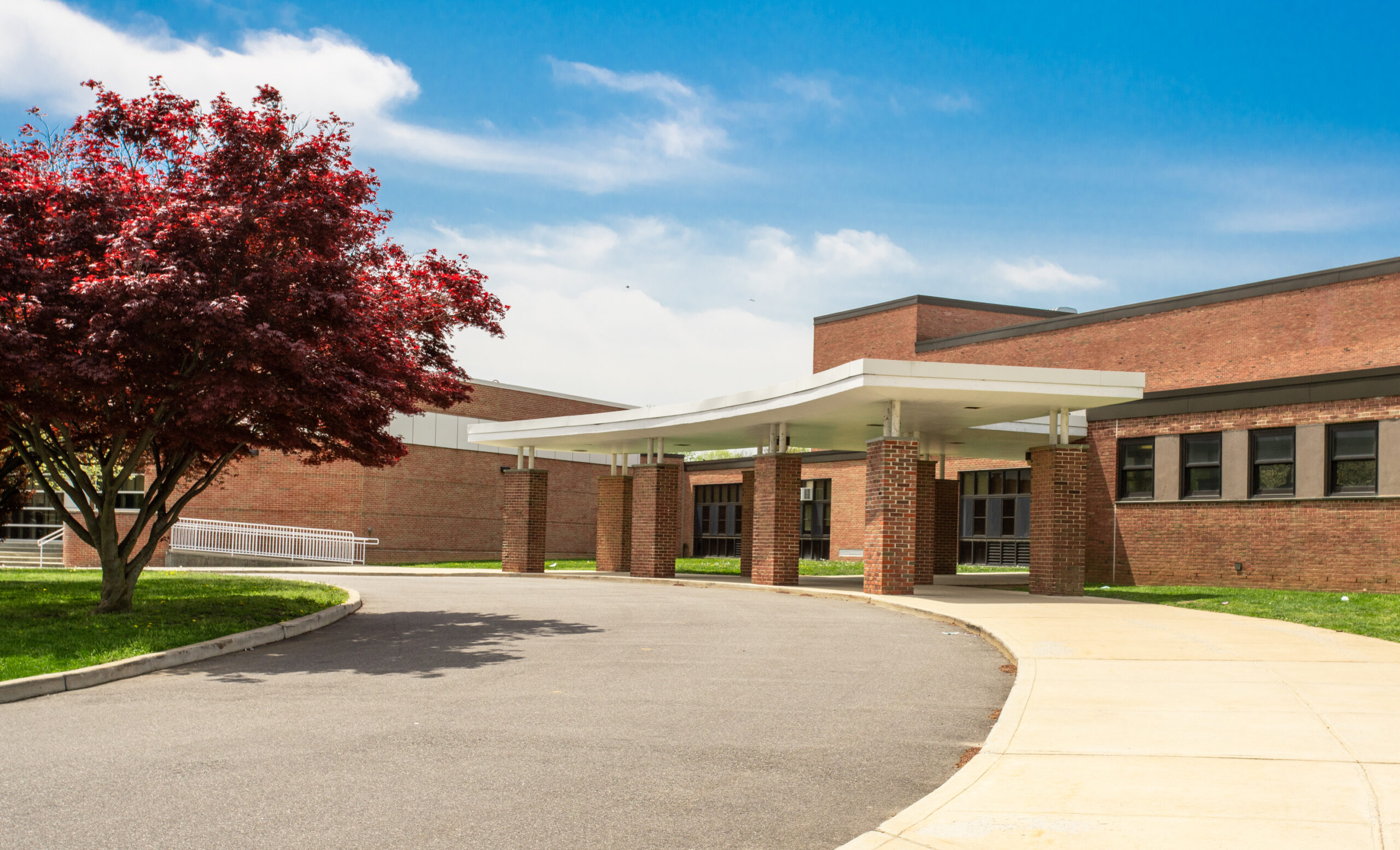Researchers at Colorado State University have upped their forecast for this year’s Atlantic hurricane season, now projecting at least 25 named storms, with 12 of them expected to reach hurricane status.
“Hurricane Beryl, a deep tropical Category 5 hurricane, is also a likely harbinger of a hyperactive season,” said the team, led by Philip J. Klotzbach, CSU meteorologist and a nonresident fellow for the Insurance Information Institute (Triple-I).
The CSU team added, “Our confidence this year is higher than normal for a July forecast based on the strength and persistence of the current hurricane-favorable large-scale environmental conditions.
Of the 12 hurricanes, six are projected to reach at least Category 3, according to Klotzbach. In a Triple-I video, he noted this is “well above” the long-term average of 14 named storms, seven hurricanes, and three Category 3, 4 or 5 hurricanes.
“Normally, when you get early-season storm activity, it doesn’t really tell you a lot about what’s likely to happen the rest of the year. But when you get that storm activity in the deep tropics, or the Atlantic tropics or eastern Caribbean, as we saw with Beryl, that’s typically a sign of a hyperactive or extremely busy season,” said Klotzbach.
2024 Forecast
The CSU forecast indicated a 57% chance of a major hurricane (Category 3, 4 or 5) making landfall on the U.S. coastline, higher than the long-term average of 43%. For the East Coast, CSU predicted a 31% chance, while the Gulf Coast has a 38% chance of seeing major hurricane activity.
“Coastal residents are reminded that it only takes one hurricane making landfall to make it an active season for them. Thorough preparations should be made for every season, regardless of how much activity is predicted,” CSU said.
Hurricane Beryl, which made U.S. landfall in Texas on July 8 as a Category 1 storm, shattered numerous records for hurricane development during its trek through the Caribbean. The storm is expected to be a “manageable” event for insurers. Modeling firm CoreLogic predicted insured losses due to wind and storm surges in Texas between $700 million and $1.5 billion, adding to the estimated losses in Mexico and the Caribbean of less than $1 billion.
CoreLogic’s numbers do not include National Flood Insurance Program (NFIP) losses. In Houston, Beryl caused extensive flooding and widespread power outages that have left millions without electricity during a heat wave.
For additional risk management resources, contact INSURICA today.
This is not intended to be exhaustive nor should any discussion or opinions be construed as legal advice. Readers should contact legal counsel or an insurance professional for appropriate advice. ©2024 Zywave, Inc. All rights reserved
About the Author
Share This Story
Related Blogs
Group Health Premiums on the Rise: What Employers Need to Know
In 2025, rising group health premiums are becoming a central concern for employers. Carriers like UnitedHealth, Anthem, and CVS Health have issued projections showing significant cost increases—driven by escalating claims severity, specialty drug costs, and continued labor shortages across provider networks.
SECURE 2.0 Implementation: A New Era in Retirement Planning
The SECURE 2.0 Act, passed in late 2022 and now in active rollout through 2025, is reshaping the landscape of workplace retirement planning. Designed to expand access, modernize plan design, and improve financial preparedness, the law introduces over 90 new provisions—many of which are now surfacing in HR departments across the country.
Visitor Check-In and Access Control Best Practices
Visitor check-in and access control best practices are essential for ensuring campus safety. With increasing security concerns in schools, implementing visitor check-in and access control best practices helps minimize unauthorized access, protect students and staff, and ensure a safe learning environment.








